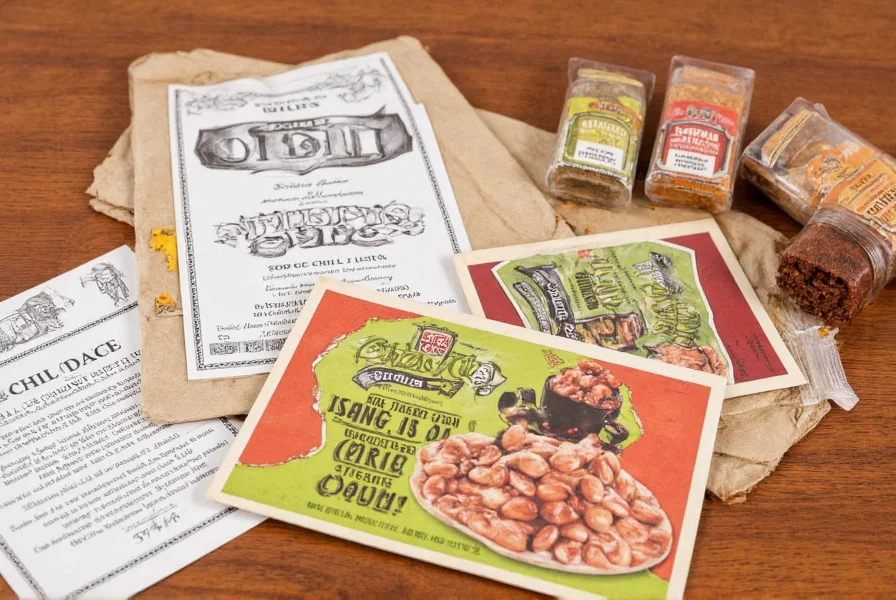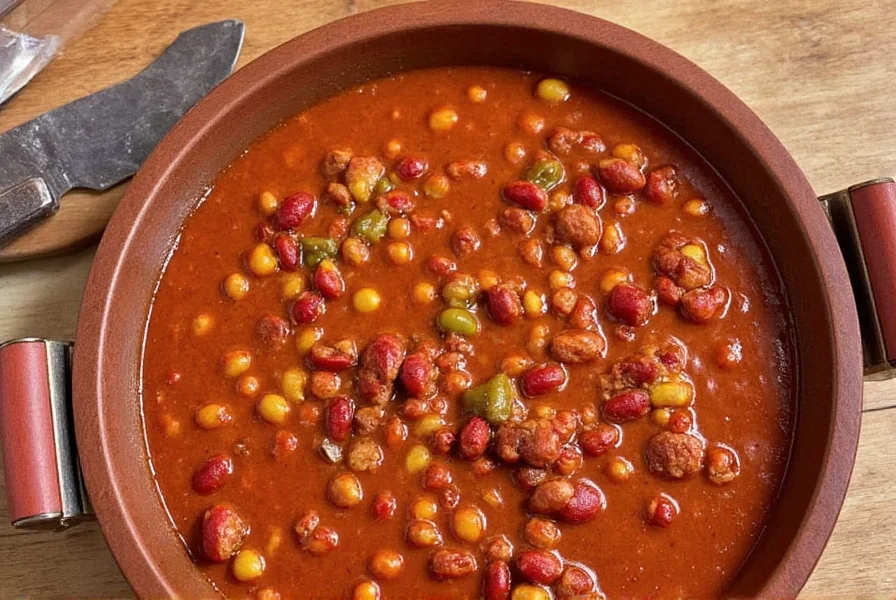Creating authentic, flavorful chili doesn't require extensive pantry resources or culinary expertise. Chili kits have emerged as valuable tools for both novice cooks and experienced chefs seeking consistent results. These thoughtfully curated collections eliminate the guesswork from chili preparation while maintaining the flexibility to customize flavors according to personal preferences.
Components of a Standard Chili Kit
Understanding what makes a quality chili kit begins with examining its essential components. Most reputable kits contain these fundamental elements:
- Spice blend - The cornerstone of any chili kit, typically featuring chili powder, cumin, garlic, and oregano in balanced proportions
- Dried ingredients - Many kits include dried beans, corn, or dehydrated vegetables for convenience
- Recipe card - Clear instructions with cooking times, ingredient substitutions, and serving suggestions
- Acid component - Some premium kits include dried lime or vinegar packets to balance flavors
- Thickening agent - Options like masa harina or cornmeal for achieving proper texture
| Kit Type | Best For | Key Features |
|---|---|---|
| Beginner Kits | New cooks | Pre-measured spices, step-by-step instructions, basic ingredients |
| Gourmet Kits | Experienced cooks | Specialty peppers, regional spice blends, artisanal ingredients |
| Meal Prep Kits | Time-constrained cooks | Pre-cut vegetables, quick-cook beans, simplified recipes |
| Diet-Specific Kits | Dietary needs | Gluten-free, vegan, or low-sodium formulations |
Selecting the Right Chili Kit for Your Needs
Not all chili kits serve the same purpose. Consider these factors when choosing the best option for your cooking situation:
Assess Your Cooking Experience Level
Beginner chili kit components should include detailed instructions and basic ingredients. If you're new to chili making, look for kits that explain the purpose of each spice and offer troubleshooting tips for common issues like bland flavor or improper thickness. Experienced cooks might prefer gourmet chili seasoning kits that allow for more customization and feature specialty ingredients like ancho or guajillo peppers.
Evaluate Dietary Requirements
Many modern chili kits accommodate specific dietary needs. Check labels carefully if you require gluten-free, vegan, or low-sodium options. Authentic homemade chili kit ingredients should list all components clearly, without hidden additives or preservatives that might conflict with dietary restrictions.

Maximizing Your Chili Kit Experience
While chili kits simplify preparation, following these guidelines ensures optimal results:
Don't Skip the Bloom Step
Professional chefs recommend blooming the spice blend in oil before adding other ingredients. This technique, often overlooked in basic how to use a chili preparation kit instructions, significantly enhances flavor depth. Simply heat one tablespoon of oil in your pot, add the spice mix, and cook for 1-2 minutes until fragrant before proceeding with the recipe.
Customization Options
Consider your chili kit as a starting point rather than a rigid formula. Most regional style chili kit differences exist precisely because authentic chili varies significantly by geography. Feel free to adjust heat levels with additional cayenne, enhance richness with dark chocolate, or add complexity with a splash of beer or coffee.
Proper Storage Techniques
For kits with multiple components, proper storage maintains freshness. Keep dried ingredients in airtight containers away from light and moisture. Spice blends typically remain potent for 6-12 months when stored correctly. Understanding how long chili kit ingredients last helps prevent wasted product and ensures consistent quality.
Common Mistakes to Avoid
Even with a quality kit, certain errors can compromise your chili's flavor profile:
- Overlooking ingredient quality - Some budget kits use stale or low-grade spices that produce flat flavors
- Incorrect liquid ratios - Too much liquid dilutes flavors; follow kit instructions precisely for best results
- Rushing the cooking process - Chili requires slow simmering to develop complex flavors, regardless of kit quality
- Ignoring layering techniques - Adding ingredients in proper sequence affects final texture and taste
Benefits Beyond Convenience
While the obvious advantage of using a chili kit is convenience, several less apparent benefits make them worthwhile investments:
Chili kits introduce home cooks to authentic regional variations they might not otherwise explore. A well-designed kit provides education about spice profiles and cooking techniques through its included materials. Additionally, kits reduce food waste by providing precisely measured ingredients, making them both economical and environmentally friendly options for regular chili preparation.
Creating Your Own Custom Kit
Once familiar with commercial options, many enthusiasts prefer assembling their own chili kit components. This approach offers maximum customization while maintaining the convenience factor. Start with a base of ¼ cup chili powder, 2 tablespoons cumin, 1 tablespoon garlic powder, and 1 teaspoon each of oregano and smoked paprika. Store in an airtight container with a printed recipe card detailing ingredient ratios and cooking instructions.
Frequently Asked Questions
What's the difference between a chili kit and regular spice blend?
Chili kits typically include multiple components beyond just spices, such as dried beans, recipe cards, and sometimes thickening agents. Regular spice blends contain only the seasoning mixture without additional ingredients or instructions, requiring the cook to source other components separately.
Can I modify a chili kit recipe for dietary restrictions?
Yes, most chili kits serve as excellent starting points for customization. For gluten-free needs, ensure any thickening agents are corn-based rather than wheat-based. Vegan adaptations simply require substituting meat with additional beans or plant-based proteins. Always check the base kit ingredients for potential allergens before modifying.
How long do homemade chili kits remain fresh?
Properly stored homemade chili kits maintain freshness for 6-12 months. Store spice components in airtight glass containers away from light and moisture. Dried beans and vegetables should be kept separately in moisture-proof containers. For best results, label your kit with preparation and expiration dates.
Are premium chili kits worth the higher price?
Premium kits often justify their cost through superior ingredient quality, authentic regional formulations, and educational materials. They typically use freshly ground spices rather than pre-mixed blends that lose potency. If you regularly make chili, investing in higher-quality kits can significantly improve flavor complexity and consistency compared to basic options.











 浙公网安备
33010002000092号
浙公网安备
33010002000092号 浙B2-20120091-4
浙B2-20120091-4